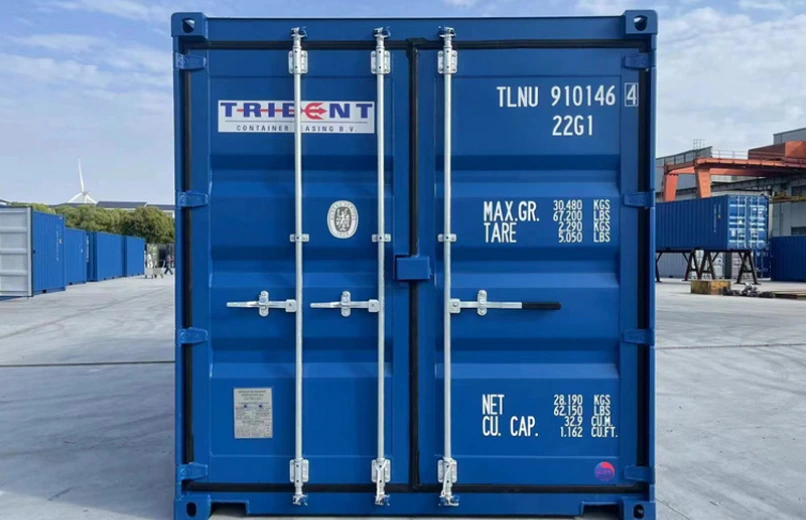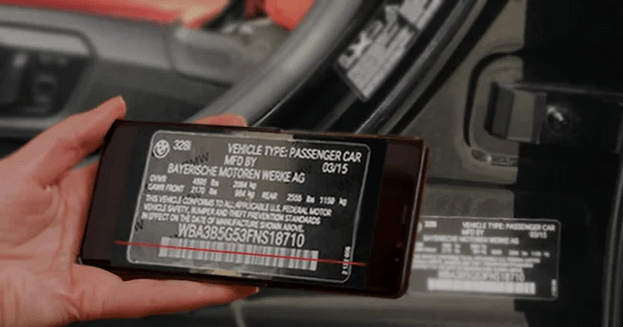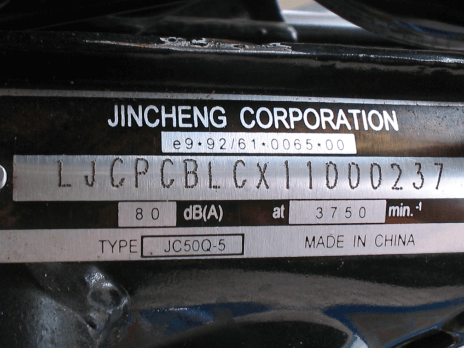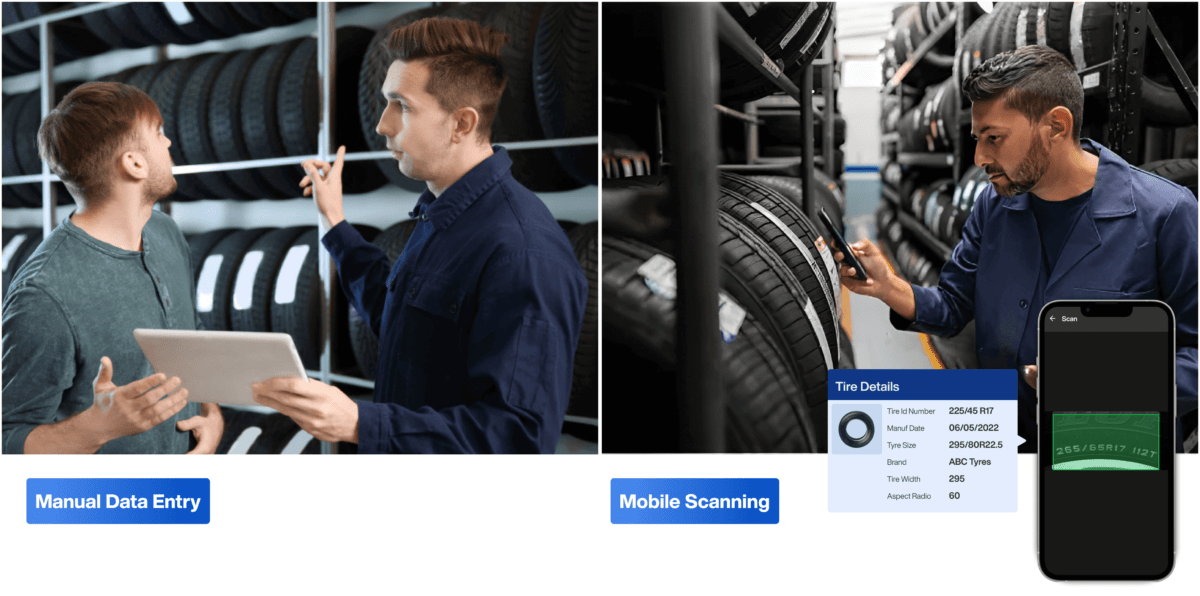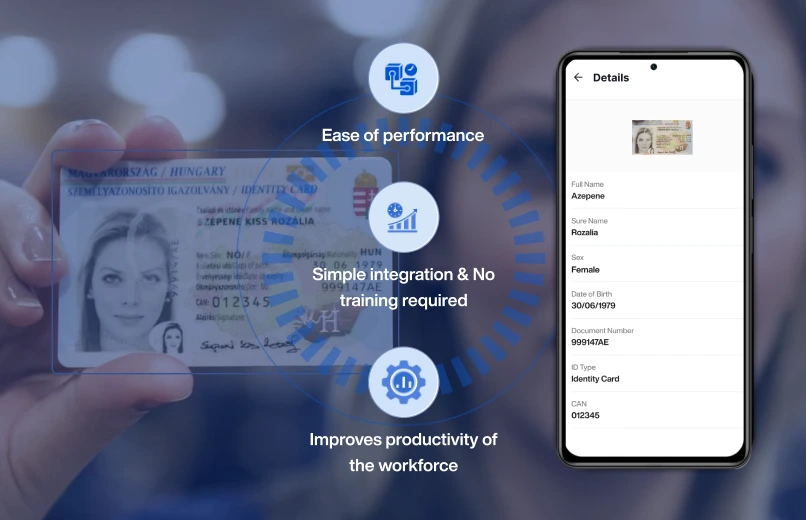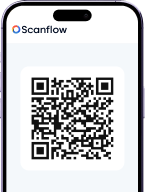What is Carbon Soot?
Carbon soot, or simply soot, is a black powder of carbon particles formed from incomplete combustion of organic matter like fossil fuels and biomass. It’s a common residue from sources like candles, gas stoves, and vehicle exhaust, contributing to air pollution and posing health risks when inhaled.

Why this Carbon soot should be detected and removed?
Carbon soot can detrimentally impact the nail-producing industry by compromising product quality with blemishes, increasing equipment maintenance needs, posing health risks to workers through inhalation, and triggering environmental regulations due to emissions. Controlling soot contamination is crucial to uphold quality, worker safety, and regulatory compliance in nail production. So. this carbon soot should be removed if detected.
Scanflow is an advanced AI scanning tool designed for smart devices, enabling seamless data capture and workflow automation. With the Scanflow application, users can perform tasks such as Quality Checks, ID card identification, Label Scanning, and more. We offer an automated solution to industrial challenges using state-of-the-art technologies.
Here, we’ve developed a real-time solution utilizing a bespoke object detection model to identify carbon soot. This component is an integral part of the automated solution we’ve constructed within Scanflow for our industrial client.
Custom Model for Object Detection
To train an AI model for carbon soot particle recognition, we meticulously separated a video containing the particles into individual image frames, creating a diverse dataset that exposes the model to a wide range of representations for robust learning. The following steps are used to train and test the detection with Jetson Orin Nano.
Carbon soot-containing video data is utilized for training models, with annotation performed via a custom labeling tool. Frames are extracted from the video, then preprocessed and augmented within the tool. This version of the dataset is employed for training and testing the custom object detection model.
We utilized the labeled dataset within the custom labeling tool to train an advanced AI model using a custom object detection algorithm, known for its exceptional speed and accuracy in detecting specific objects within images or videos. This approach streamlined the training process, notably decreasing both time and resource requirements.
After successful training, we deployed the AI model onto the NVIDIA Jetson Orin Nano, a compact and energy-efficient edge computing platform. Initial tests on the Jetson Orin Nano showed promising results, achieving an inference speed of approximately 22–25 frames per second (FPS) in the custom object detection model (the largest variant in custom object detection).
Challenges we have faced during training the Custom Model
Throughout the training process, we faced numerous challenges pertaining to accuracy, detection performance, model size, and layer optimization. Despite our efforts to fine-tune hyperparameters for improved accuracy, and to develop lightweight models suitable for deployment on edge devices, we encountered unexpected environmental factors during real-time testing that adversely affected carbon soot detection. However, we effectively addressed these issues through augmentation techniques and further refinement of the model, ultimately ensuring robust detection capabilities even in challenging environmental conditions.
This demo video, featured on the Scanflow YouTube channel, showcases our custom object detection model in action, detecting carbon soot in real-time setups. The model is implemented on the Jetson Orin Nanodevices, offering impressive performance.
Conclusion:
In summary, by utilizing a custom labeling tool for data collection and annotation, training a custom object detection model with GPU acceleration, and deploying it onto the Jetson Orin Nano for inference, we’ve established an end-to-end pipeline for efficient and accurate object detection in carbon soot-containing video data. This approach not only demonstrates the adaptability of AI models to specific tasks but also showcases the integration of cutting-edge hardware platforms for real-time inference in edge computing environments.

